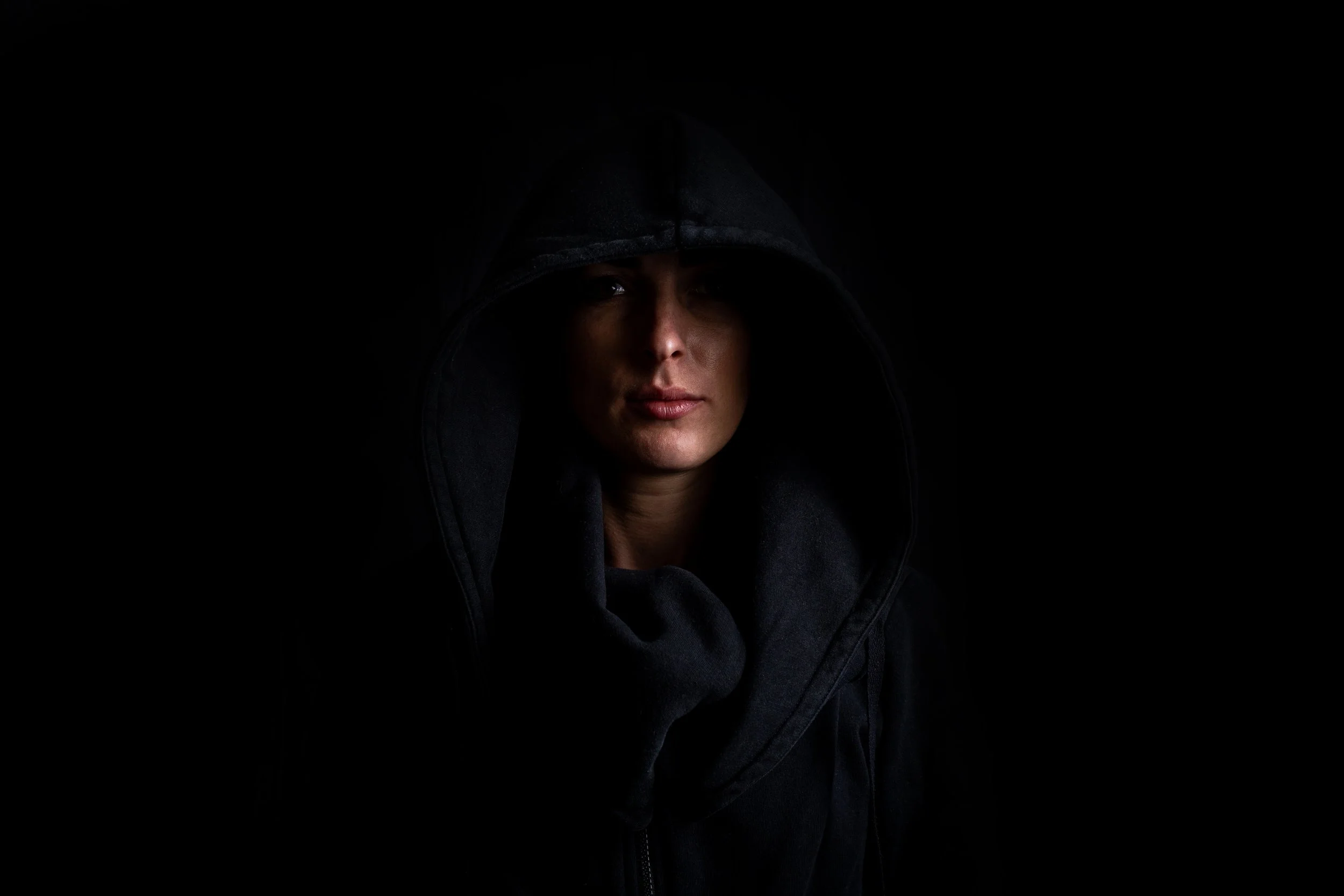Seven Years Is Not Justice
I’m surprised it has taken me this long to put pen to paper about something that affects so many survivors of sexual abuse. I think part of me believed that if I stayed quiet long enough, the system would eventually do its job. It didn’t.
Where it began
In 2017, after giving birth to my eldest child, I began seeing a counsellor. We spoke about the usual things new mums struggle with the exhaustion, the identity shift, the shock of responsibility. But every road, every conversation, kept leading back to something much older: the sexual abuse I experienced when I was four years old.
That childhood trauma had shaped my life in ways I didn’t want to admit. It made me vulnerable to men who treated me badly. It left me susceptible to domestic violence. It normalised behaviours I should never have tolerated. I had become so used to surviving that I didn’t even recognise it as survival.
Those therapy sessions cracked something open. They pushed me toward a leap of faith reporting the historical abuse to police. I even recorded a video at the time, a timestamp, something for myself in case I ever wanted to share my story publicly. I’ve still never shown those videos to anyone. Even now, the vulnerability feels too raw.
Reporting was just another beginning
Reporting was a triumph in itself, but it triggered enormous trauma. At the same time, I was leaving an abusive relationship with a baby on my hip. I became homeless for a period. I was cut off from money. I remember asking myself if I had made a huge mistake, but really, is there ever a “good time” to report childhood sexual abuse?
My eldest child is now eight.
The investigation is still ongoing.
I haven’t sought advice on whether publishing this article will impact the case, but my trust in the process has disintegrated so profoundly that silence now feels like a greater risk than speaking out. I’ve held this story in my chest for years. It’s time to let it rip.
The damages claim and the Price of Survival
A few months after my daughter was born, I was diagnosed with two large DVTs. I spent three months injecting blood thinners into my stomach. I wasn’t close to death, but I came close enough to imagine it.
I kept thinking: If I die, what happens to my kids?
Those quiet hours breastfeeding a newborn will do that, your mind drifts into all possibilities. That’s when I started thinking about securing my children’s future by undoing some part of the damage caused by the man who abused me.
I realised I wouldn’t get criminal justice any time soon, maybe not ever - so I explored common law options. In hindsight, I wish I had participated in the Royal Commission into Institutional Responses to Child Sexual Abuse. I must have still been suppressing the memories, trying to avoid the shit show that was incoming.
7 years later, here’s what “justice” looks like
My civil claim has dragged on for five years.
My attempts to return to the workforce have failed because trauma is not a part-time condition.
I have been diagnosed with Metabolic Syndrome and PTSD.
Defence lawyers have now strategically requested a duplicate assessment, seven months from now, with a clause that allows them to cancel based on “lack of evidence or “particulars.”
I have messaged the police officer in charge of my criminal investigation countless times. The last response was 3 months ago.
This is what the system calls due process. I call it a continuation of institutional abuse.
The Code of Conduct Lawyers Are Supposed to Follow
What makes this even harder is knowing that, in Australia, lawyers handling institutional abuse cases are bound by clear professional rules specifically intended to protect vulnerable people and prevent precisely the tactics survivors endure.
Under the Australian Solicitors’ Conduct Rules and state/territory equivalents, lawyers must:
act fairly
avoid causing unnecessary distress
take care not to exploit someone who is vulnerable
avoid tactics intended to delay, intimidate or exhaust
ensure they do not take unfair advantage
uphold trauma-informed practice and the administration of justice
Yet here is my reality:
years of avoidable delays
weaponised bureaucracy
duplicate assessments designed to break me down
cancellation clauses used as threats
key information withheld
progress stalled deliberately
And when lawyers choose to weaponise time, trauma and process against a childhood sexual abuse survivor, it becomes something deeper than unethical.
It becomes institutional abuse.
The Distance Between Government Rhetoric and Survivor Reality
On National Survivors Day, the Attorney-General Michelle Rowland said:
“As we mark this day of significance, we recommit ourselves to ensuring the safety of all Australian children, and to continue improving support for victims and survivors on their healing journeys. The Government continues to implement ambitious, world-leading measures to prevent and respond to all forms of child sexual abuse.”
These words don’t matter if survivors continue to be abandoned inside the very systems meant to protect.
Words do not move criminal investigations forward. They do not stop defence lawyers from abusing process. They do not repair years of limbo. They do not undo the psychological cost of waiting for justice that never arrives.
A System Built to Protect Perpetrators, Not Survivors
How is any of this safe?
How is any of this trauma-informed?
How is this supposed to encourage survivors to come forward?
Our system is safe for perpetrators, built on laws, procedures and precedents designed by and for men.
Survivors are expected to carry the emotional, financial and psychological cost while institutions carry nothing but paperwork.
On National Survivors Day, I can only hope that the system is being rebuilt, not for me, but for the next generation. Because for mine, it has failed.
